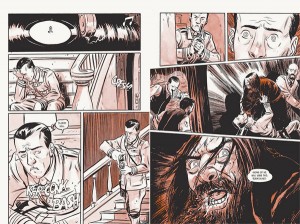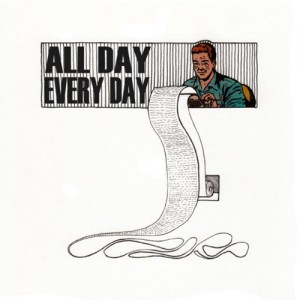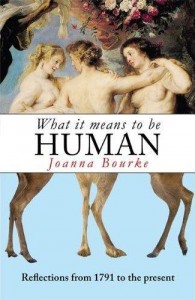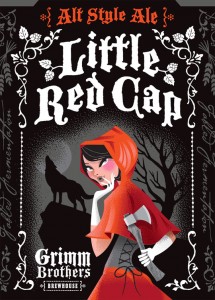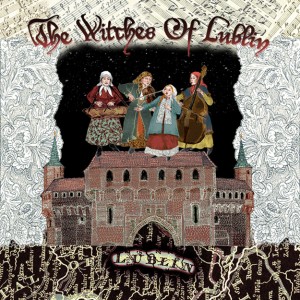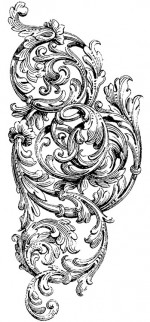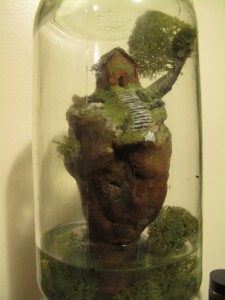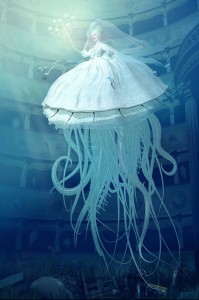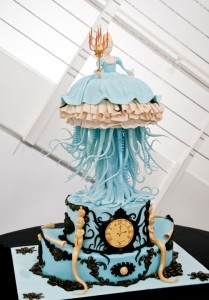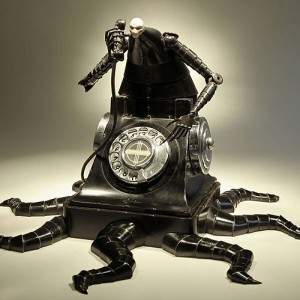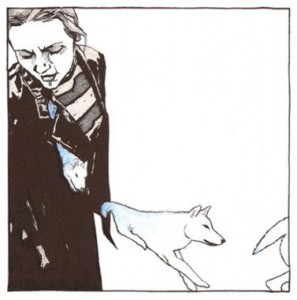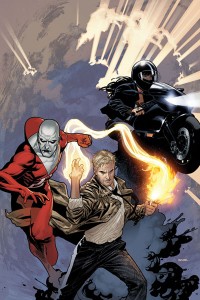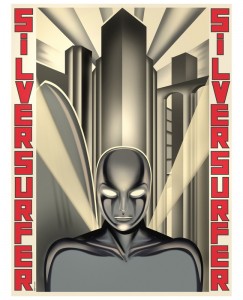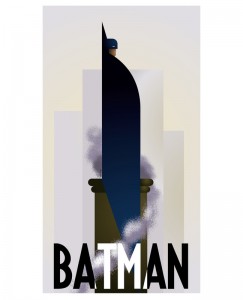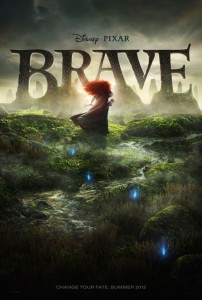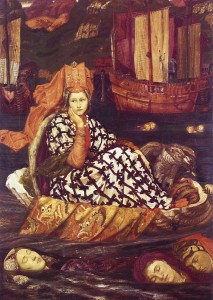 Here are some shiny things that caught my eye recently:
Here are some shiny things that caught my eye recently:
♦ This week’s Postcard Story by my friend Will Ludwigsen is one of my favorites so far, and I’m not just saying that because he was inspired by a photograph I recommended!
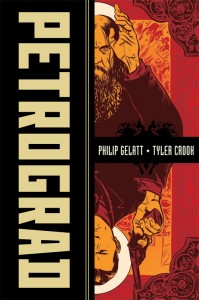 ♦ This week I’ve been reading the graphic novel Petrograd by Philip Gelatt and Tyler Crook. The story is interesting (it involves a plot to murder the mad monk Rasputin), but what I’m really taken with is the beautiful design of the book itself. A thick thing, Petrograd has a combination cover–the image of Rasputin and Cleary is image-wrapped, and the title is printed on cloth. Inside, the paper is heavy and, really, kind of heavenly. I like how Crook uses a muted and limited color palette (reds and oranges), which seems appropriate for the paper, although don’t ask me why. Below is an image of a two-page spread of Crook’s artwork (which you can click to see larger). You can also read a 28-page preview here.
♦ This week I’ve been reading the graphic novel Petrograd by Philip Gelatt and Tyler Crook. The story is interesting (it involves a plot to murder the mad monk Rasputin), but what I’m really taken with is the beautiful design of the book itself. A thick thing, Petrograd has a combination cover–the image of Rasputin and Cleary is image-wrapped, and the title is printed on cloth. Inside, the paper is heavy and, really, kind of heavenly. I like how Crook uses a muted and limited color palette (reds and oranges), which seems appropriate for the paper, although don’t ask me why. Below is an image of a two-page spread of Crook’s artwork (which you can click to see larger). You can also read a 28-page preview here.
♦ I haven’t read any of Lev Grossman’s novels yet, but I like the way he thinks about fantasy as a genre. Two links caught my eye this week: first, on his own blog, Grossman has an interesting post trying to get at what Fantasy is about. The second is an interview at Tor.com with Peter Orullian, which is a lot of fun (I think some will enjoy the brief discussion of music at the end). Here’s the part that struck me the most, where Grossman ruminates on what fantasy does better than other genres:
In The Magician’s Book, her book about C.S. Lewis, Laura Miller talks about the sense of longing that both Lewis and Tolkien felt for a vanished English past which perhaps never existed. A past in which the land was green, and life was simple, and people felt connected to the world around them in a way that we—living as we do in urban and suburban technopoli, using technology we don’t understand—rarely do.
Fantasy does that well: longing.
And it’s a powerful tool for describing psychological conflicts, too. This is the genre that unlocks the door to the cage of the unconscious, so that psychological monsters can come out into the real world and be real monsters.
Well said, sir.
♦ How I wish I had this Daily Superpower: Immunity to Creative Blockage!
 ♦ Forest Rogers is one of my favorite artists, even though I doubt I’ll ever be able to afford any of her exquisite sculptural work. At left is the latest piece she’s working on, The Snow Maiden, caught “in the act of melting.” My favorite piece by Rogers is probably Baba Yaga. Some other cool artwork I’ve seen this week is this octopus sculpture by Scott Musgrove and this New Yorker cover by Daniel Clowes (warning: that cover may hurt your bookstore-loving heart a little).
♦ Forest Rogers is one of my favorite artists, even though I doubt I’ll ever be able to afford any of her exquisite sculptural work. At left is the latest piece she’s working on, The Snow Maiden, caught “in the act of melting.” My favorite piece by Rogers is probably Baba Yaga. Some other cool artwork I’ve seen this week is this octopus sculpture by Scott Musgrove and this New Yorker cover by Daniel Clowes (warning: that cover may hurt your bookstore-loving heart a little).
♦ Nice to poetry getting recognized in this article by Piya Sinha-Roy at Reuters about the National Student Poets program, which was created by the President’s Committee on the Arts and Humanities and the Institute of Museum and Library Services. First Lady Michelle Obama, who is honorary chair of the PCAH, said, “What you learn through reading and writing poetry will stay with you throughout your life… It will spark your imagination and broaden your horizons and even help your performance in the classroom.” So true!
♦ Cameron sent me the link to this bit of fun—I laughed out loud, people!
♦ More seriously, Cameron and I have also been talking about this post from Theodora Goss about telling the truth. Lots of food for thought there for writers to chew on. Relatedly, Kat Howard also tells the truth about what it means to be a writer at her blog.
♦ I know a certain Ryan Gosling fan who will appreciate this animated tribute to Drive (be warned, readers who are mild at heart: although visually sleek and cool, the video may be a little intense for some):
Via.

